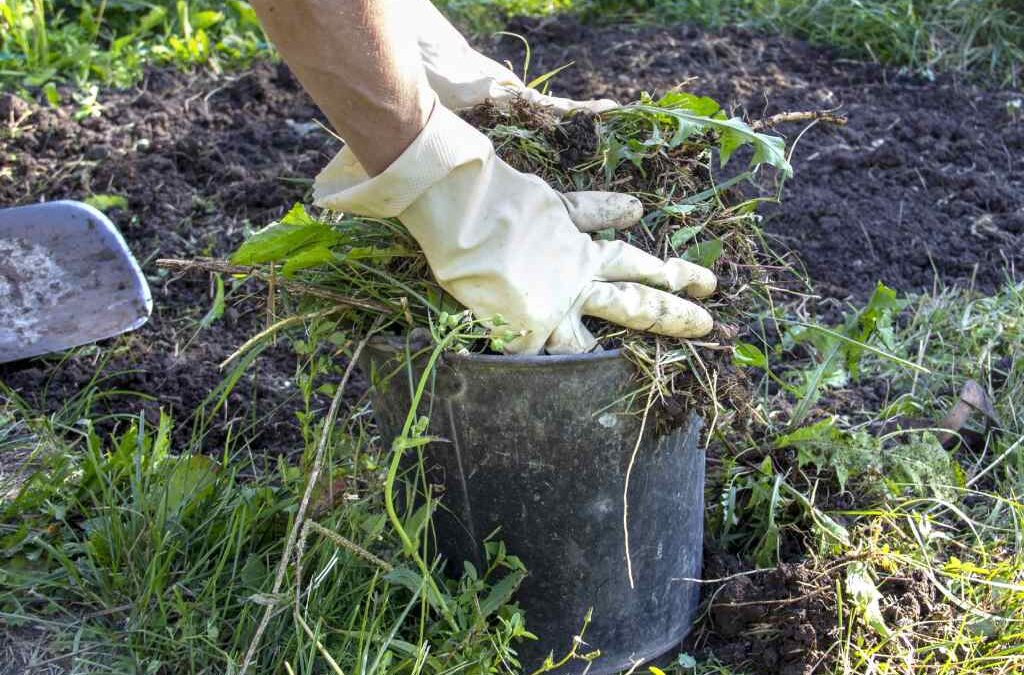If you want to control what grows in your garden, you need to get rid of the weeds because otherwise they will take over. Weeds are often true survivors that compete with other plants if you do not actively track and weed. Start weeding in spring and then repeat every two weeks. Weed when the soil is moist, as it loosens more easily than if the soil is dry.
Here we will give you several different methods, means and tools that you can use.
1. Weeding by hand
Hand weeding is a good method against smaller weeds. A cushion or knee pad to relieve your knees, well-fitting gardening gloves, and a good audiobook can be an enjoyable activity.
2. Clean with hand tools
There are many different hand tools for weeding, from a dandelion tool and a wheel hoe. They require a little physical effort, but work well on not too large areas.
3. Machine weeding
If you have larger areas of weeds, it may be a better option to use machines instead of manual force. When growing in rows, a cultivator can be useful. Using your regular lawnmower, you get rid of weeds that don’t like to be mowed, such as St. John’s Wort and Nettles. After several cuts, they do not have the strength to grow back to the same extent and eventually get rid of them.
4. Ground cover
Mulching the ground where there are large amounts of weeds is a method that can work well, but is not as attractive to see in the garden. It is recommended when you have a hidden area where the vegetation cover may remain out of the daily field of vision. To cover the floor, for example, plastic, canvas or newspapers that do not let light through are used.
Covering the soil is a slow method that can take months and sometimes years.
5. Vinegar against weeds
Vinegar has many uses and you can use so-called weed vinegar on your plot. It is an effective method when weeds are concentrated on a surface without other vegetation that you want to preserve. Vinegar also affects what is growing nearby and it is difficult to be very precise when you only want to treat weeds. For example, treat between the paving stones of a terrace and on gravel paths with weed vinegar.
6. Salt against weeds
One method that is not recommended is salt against weeds. Coarse salt can be used for example on paving stones and the like, but when the salt is diluted, it negatively affects the soil. High salinity means that the plants you want to maintain have worse conditions to absorb nutrients and water from the soil.


